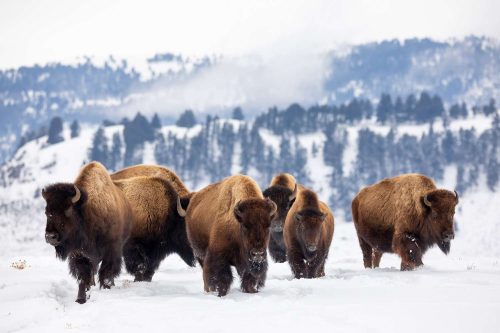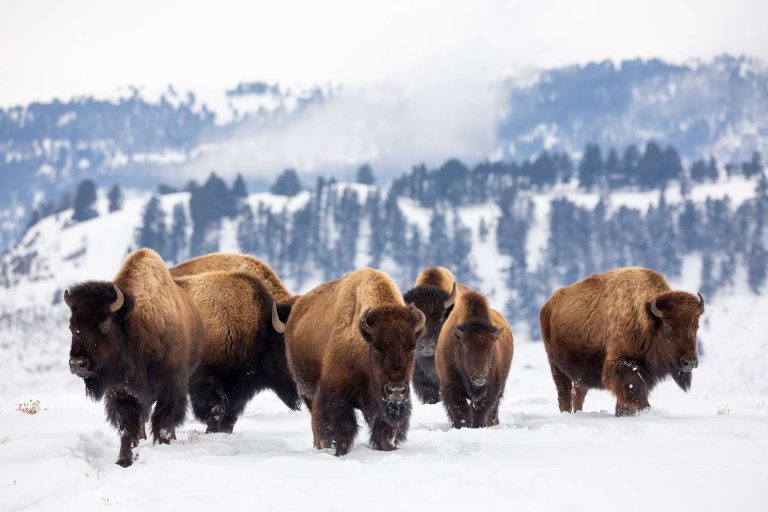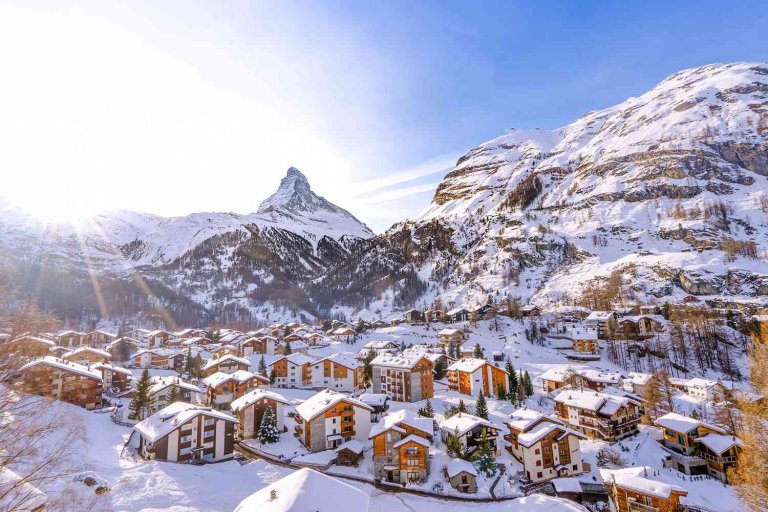Explore how geothermal energy— the heat in the Earth’s crust— is being used to create renewable electricity and power.
While the weather in Iceland is often cold, wet, and windy, a nearly endless supply of heat bubbles away below the surface. In fact, almost every building in the country is heated by geothermal energy in a process with virtually no carbon emissions. So how exactly does this renewable energy work? Jean-Baptiste P. Koehl explores the two primary models for harnessing the planet’s natural heat.
Transcript:
While the weather in Iceland is often cold, wet, and windy, a nearly endless supply of heat bubbles away below the surface. Almost every building in the country is heated by geothermal energy, in a process with virtually no carbon emissions. So how exactly does this renewable energy work?
A mixed layer of solid and partially molten rock called the mantle is between the Earth’s core and its crust. Temperatures here range from 1,000 to 3,500 degrees Celsius. Some of this heat comes from the radioactive decay of metals. But much of it comes from Earth’s core, radiating energy since the planet formed over four billion years ago.
While the mantle moves slowly, circulating roughly 40 kilometers below the Earth’s crust, there are places where it surges closer to the surface. Here, the magma forms pockets and veins in the ground, underground heating rivers and pools to temperatures reaching 300 degrees. Controlling heated water is at the heart of harnessing geothermal energy, and there are two primary models for how to do it.
One is to build a geothermal power plant that uses these hot, deep pools to produce electricity. First, engineers drill well several kilometers into permeable rock like sandstone or basalt. As the hot, highly pressurized groundwater flows into the well, the rapid change in pressure and temperature produces huge amounts of steam. This steam then turns the blades of a turbine to generate electricity.
Finally, the remaining cooled water and condensed steam are injected into the ground to create an open loop that provides electricity without losing water. However, we don’t have to drill this deep to take advantage of the planet’s heat.
Thanks to solar radiation, dirt just 1.5 meters deep can reach temperatures over 20 degrees Celsius. Geothermal heat pumps pipe water or antifreeze liquid through this layer of Earth to siphon its energy. These liquids are pumped through local infrastructure, dispersing their heat before moving back through the ground to absorb more energy.
While external electricity is needed to operate the pumps, the energy provided is far greater than the energy used, meaning this process is also a sustainable loop. Geothermal heat pumps are cheaper to operate and at least two times more energy-efficient than fossil fuel equivalents.
Whether geothermal energy radiates just below our feet or heating water several kilometers deep, the planet constantly radiates heat. Averaged across one year, Earth gives off roughly three times more energy than humanity consumes. So why does geothermal only account for 0.2% of humanity’s energy production? The answer has to do with heat, location, and cost.
Since geothermal heat pumps rely on the consistent heat found in shallow Earth, they can be implemented almost anywhere. But geothermal power plants require tapping into high-temperature geothermal fields, regions hotter than 180 degrees and typically several kilometers underground. These high-temperature zones are hard to find, and drilling this deep for just one of the several wells a plant will need can cost up to $20 million.
There are regions with shallower geothermal fields. Iceland and Japan are near active volcanoes and tectonic plate boundaries, where magma rises through the crust. But these same factors also make those regions prone to earthquakes, which can also be triggered by intensive drilling.
Furthermore, while geothermal energy is clean and renewable, it’s not entirely harmless. Drilling can release vapors containing pollutants like methane and hydrogen sulfide. And drilling tools that use pressurized water can contaminate groundwater. Fortunately, new technologies are emerging to meet these challenges. Emission control systems can capture pollutants, and electromagnetic monitoring can help detect seismic risks.
We’re also uncovering entirely new sources of geothermal energy, like pockets of magma in mid-ocean volcanoes. So if we can safely and responsibly tap into the heat sustaining our planet, we might be able to sustain humanity as well.











